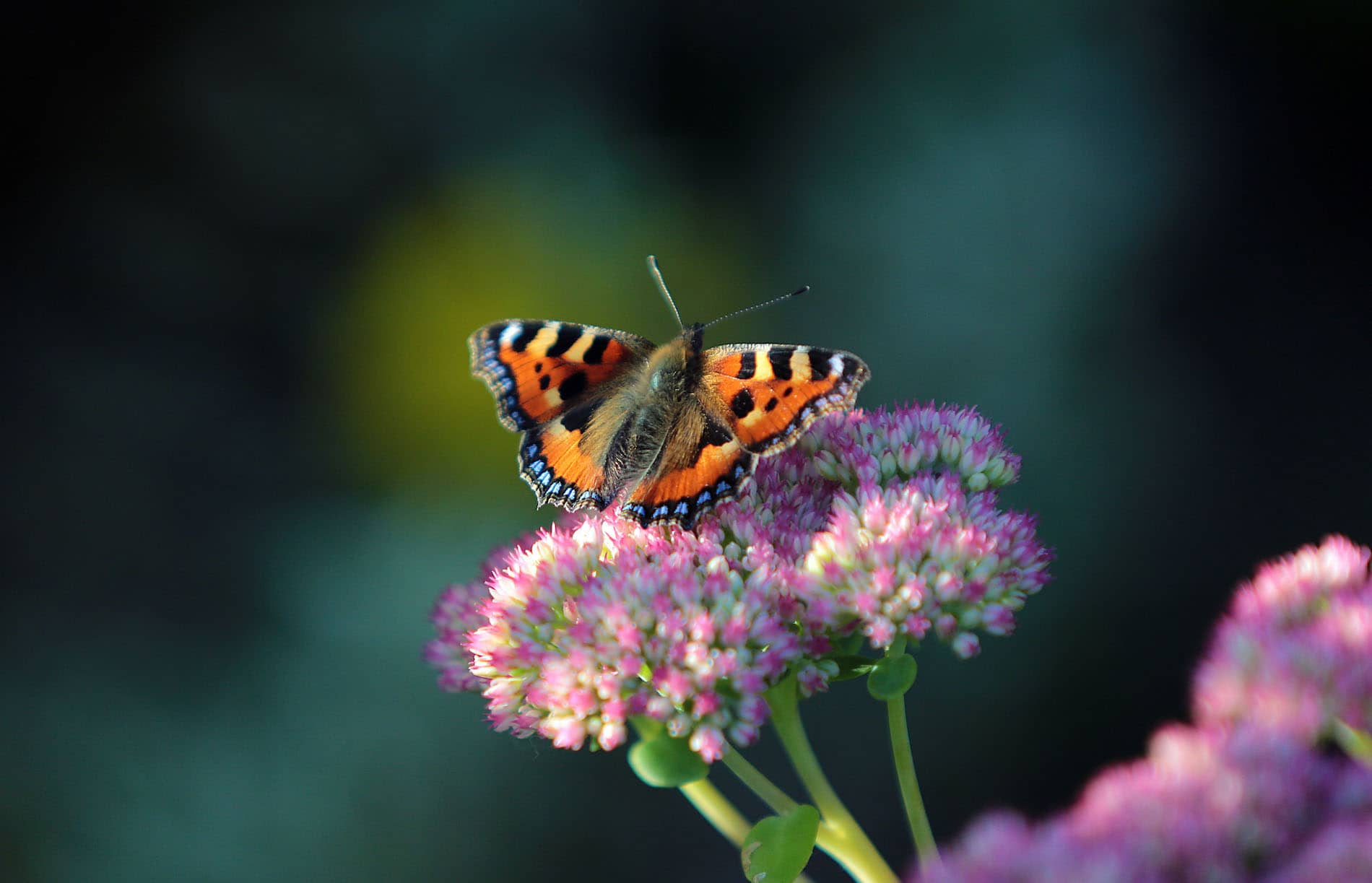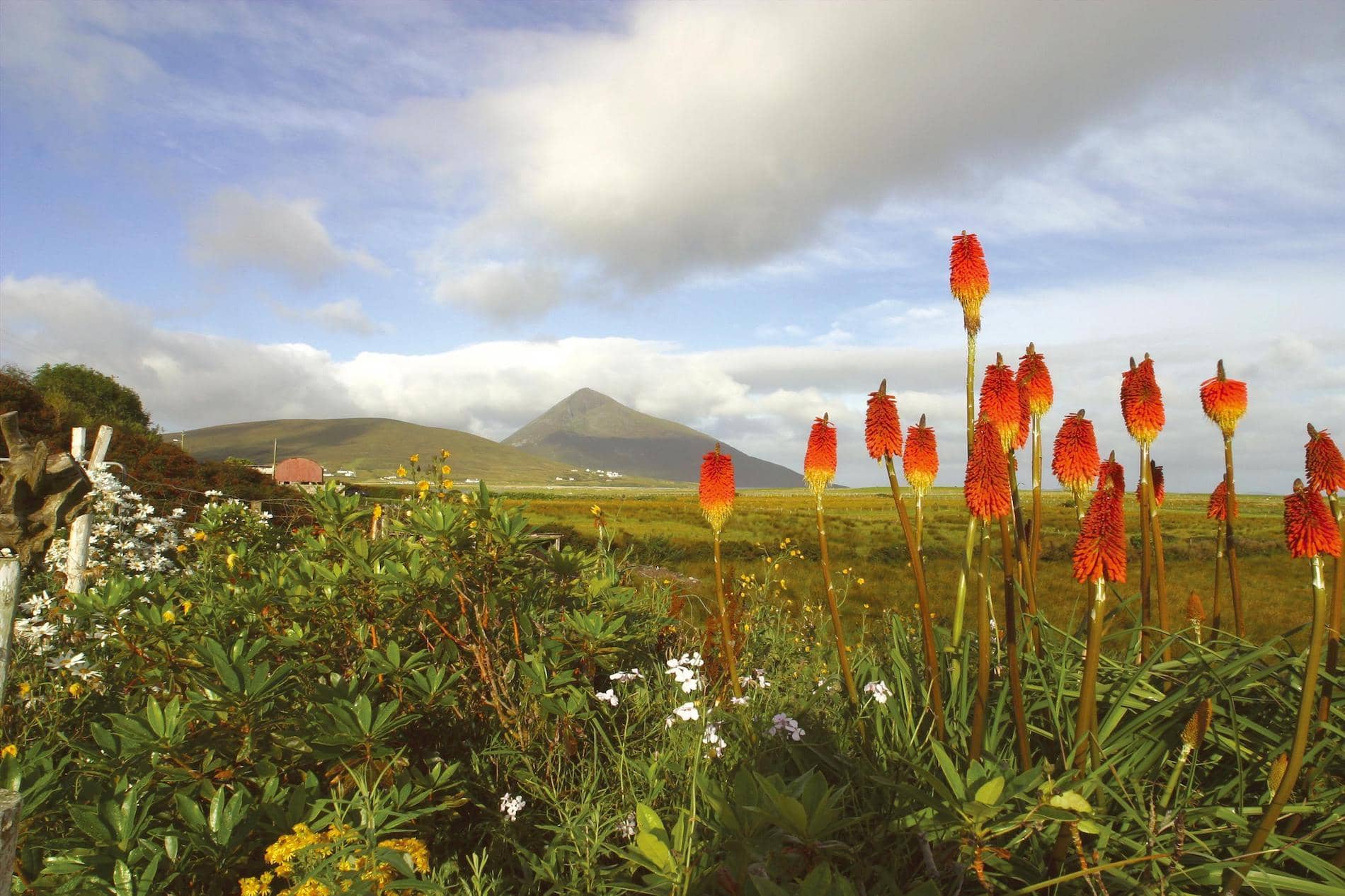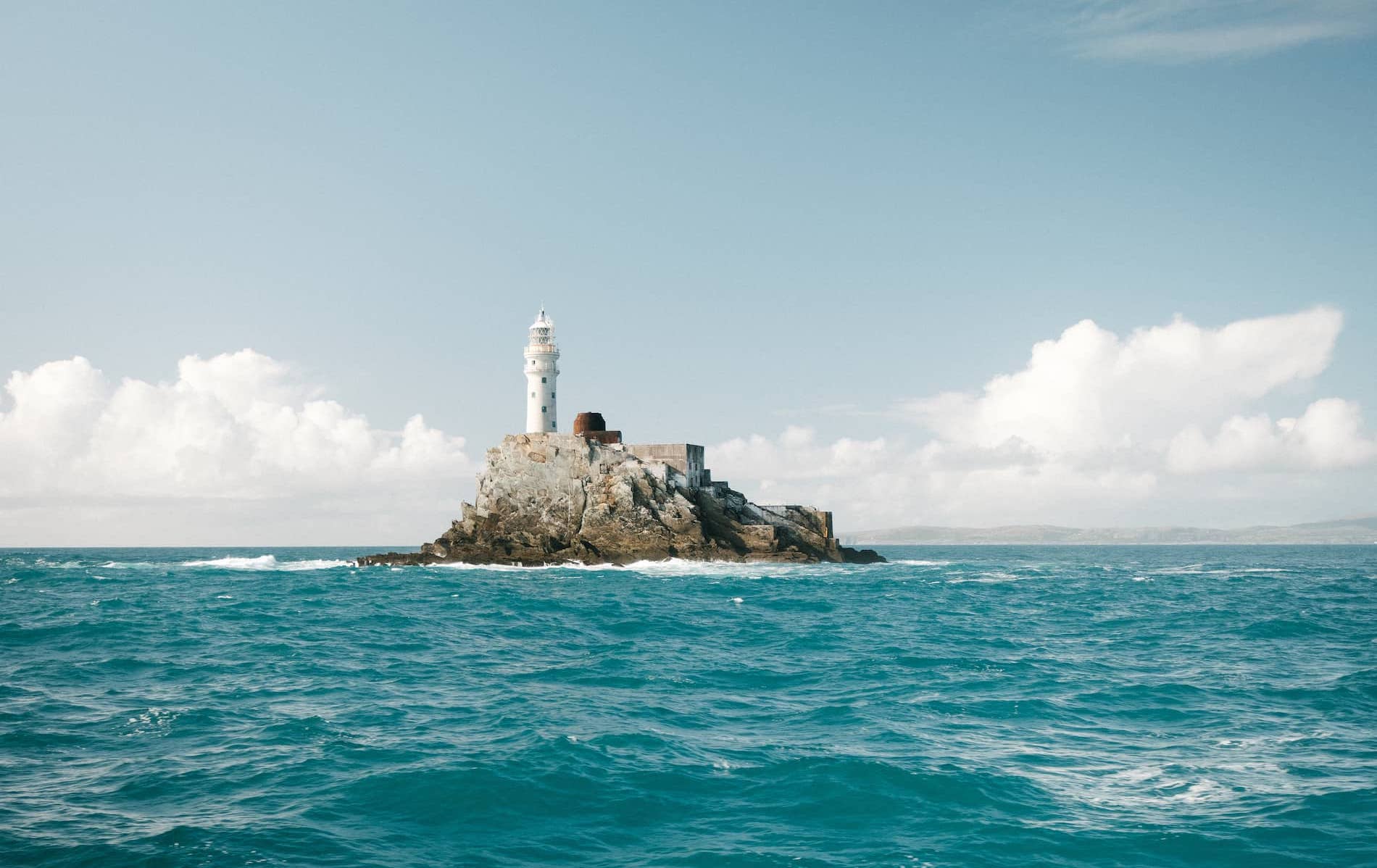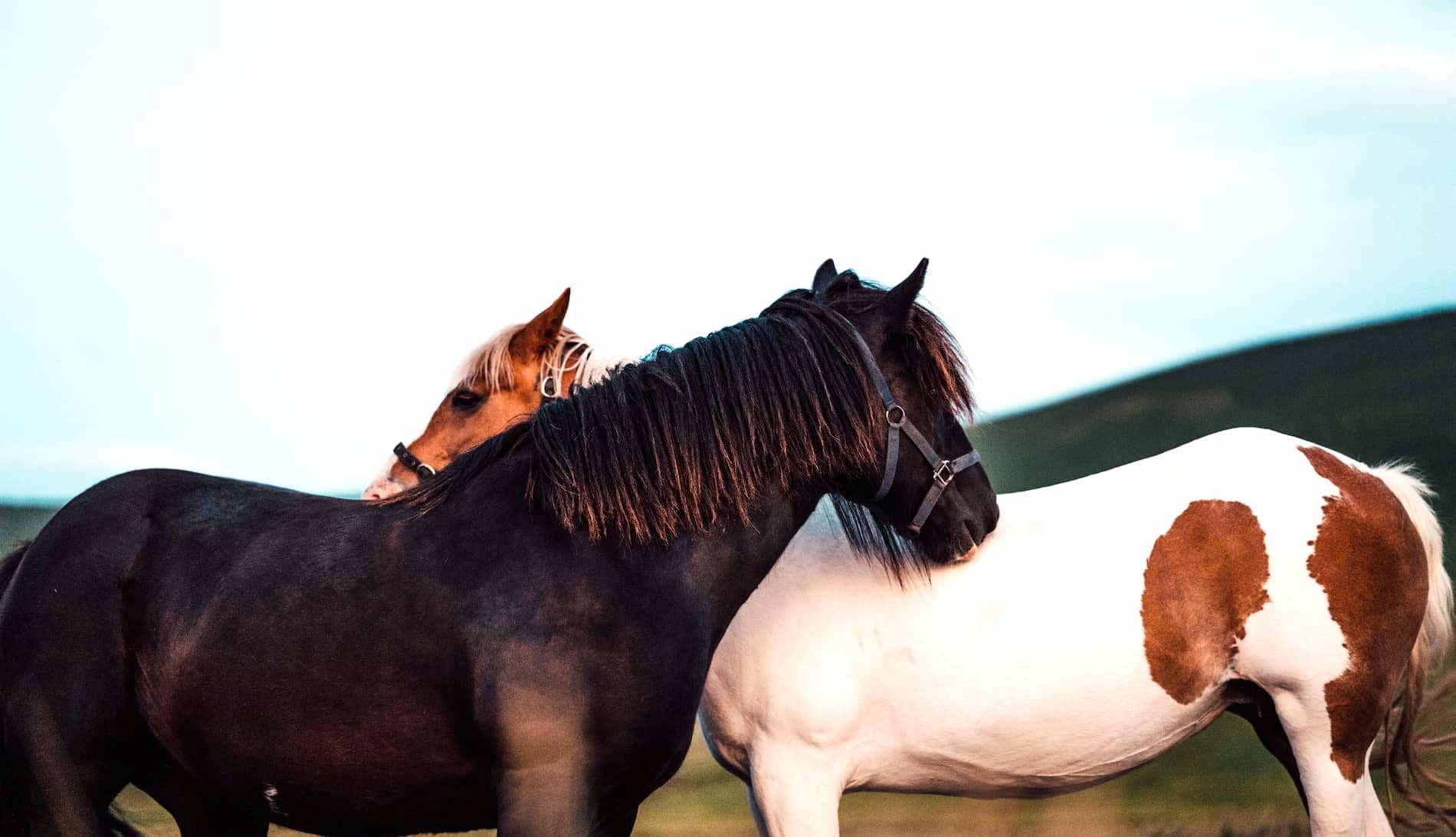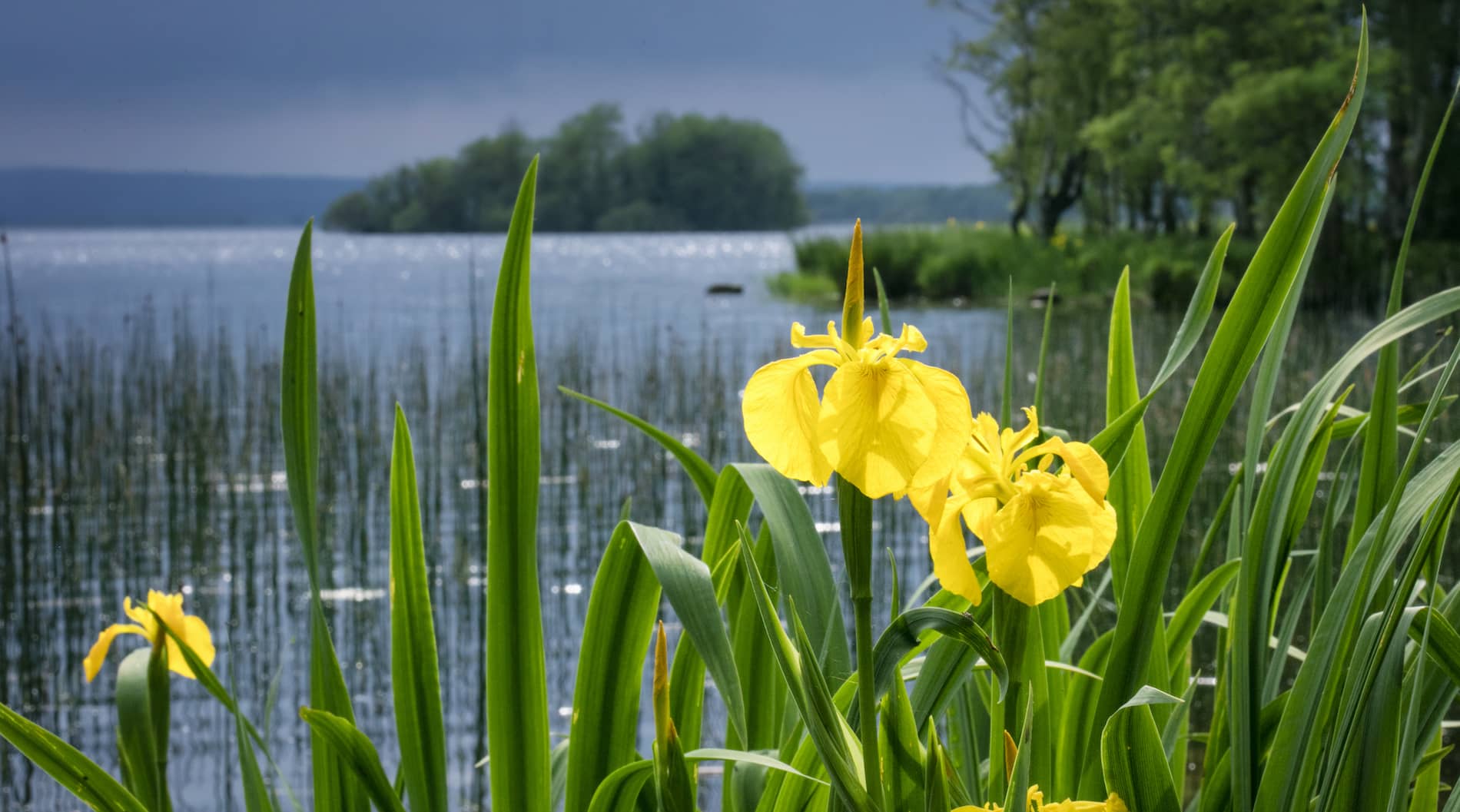
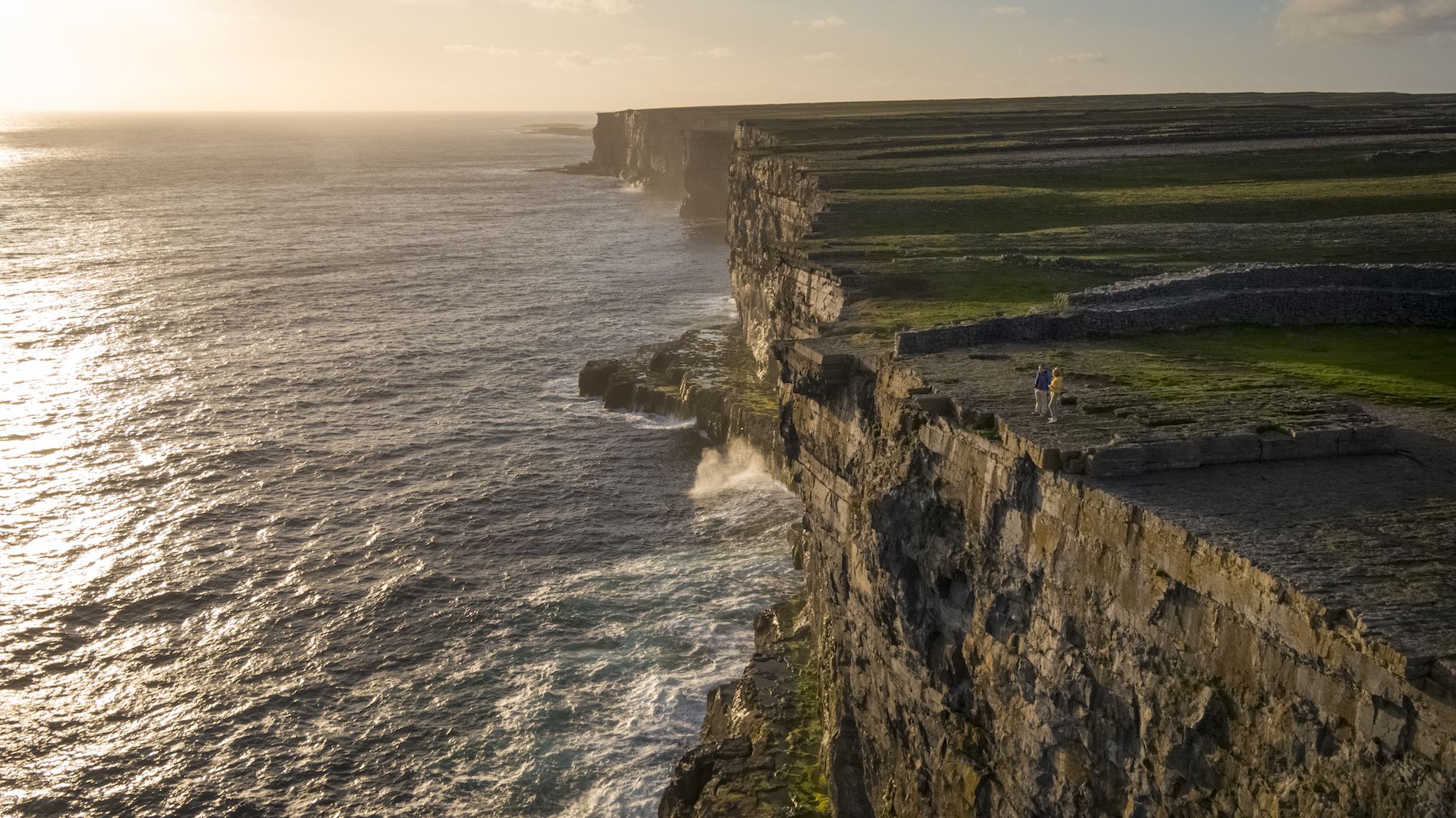
If you didn’t grab one last winter, don’t worry. Big knits are big news, and the slouchy, laid-back, super-cool Aran sweater isn’t going anywhere.
Rediscovered by designers such as JW Anderson, Christopher Kane and hot knitwear brand Chinti & Parker, and sported by a Folklore-era Taylor Swift, Harry Styles and Chris Evans in the movie Knives Out, the Aran cable knit is having a big fashion moment once again.
But if you want to go authentic, you have to go back to the original source: Ireland, and more specifically, the Aran Islands.


Inis Meáin Knitwear
Industrious knitters
Historians still debate over the exact year the Aran sweater appeared on the scene, but it’s thought to be in the early 1900s. The industrious women of Ireland’s remote Aran Islands wanted a source of income and began selling their designs to shops on the mainland.
Warm, functional and manly (yes, manly – have you seen Steve McQueen in his Aran?), these “fisherman’s” sweaters were originally made with unscoured wool. On the plus side, this meant they were waterproof and rarely needed to be washed. On the downside, they didn’t smell the best.
But the fishermen didn’t mind. They were warm. And the warmth is part of what has made them endure as a cold weather favourite to this day.
Growing popular
The 1950s and 1960s saw the export trade of Aran jumpers rise and soon they were appearing in far-flung fashion magazines and wardrobes. Boosting the jumper’s global acclaim were Irish folk band The Clancy Brothers, who appeared on The Ed Sullivan Show in March 1961 making quite a fashion statement. And the person responsible? Their mum, of course, who had sent her boys over a jumper each to keep them warm during the bitter winter in New York.

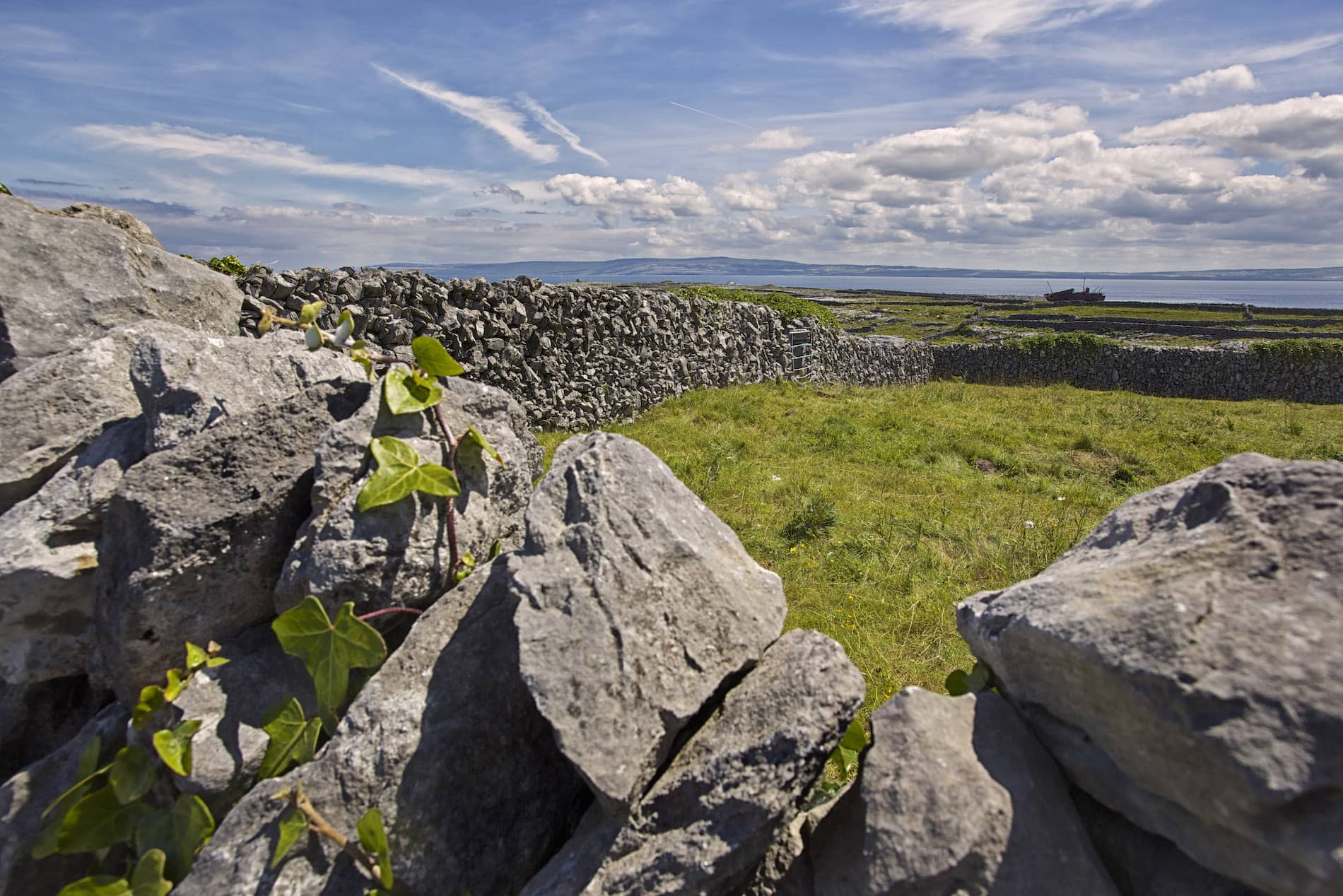
Inis Oírr Island, Aran Islands
Myths and legends
For a sweater, the Aran has garnered unusual amounts of attention and huge celebrity fans (from Taylor and Harry to Sarah Jessica Parker and Bill Clinton). Part of this is because of the feeling of tradition that comes with it. And part of it is the myths that it has collected along the way.
Some of these myths can be credited to a German tourist who never even made it to the islands. Heinz Kiewe liked a good story and while researching the sweater’s history, he concluded it was an ancient craft dating back centuries. He even believed that an Aran jumper appeared in the Book of Kells.
In 1967 Kiewe published his book The Sacred History of Knitting, which didn’t get the facts 100% correct. However, the locals were so pleased with the commercial interest the Aran Islands received that they never corrected Kiewe, and many of his tales live on today.
Tarlach de Blácam, owner of Inis Meáin Knitwear, believes the myth surrounding families being able to identify relatives who had died at sea by the pattern on their jumper is also untrue. But that’s not Kiewe’s fault.
“Most families would have had their own patterns,” notes Tarlach, “but the myth surrounding the unique identifiable patterns on dead fishermen may have been blown out of proportion. JM Synge referenced it in his play Riders to the Sea and from then it grew and grew.”

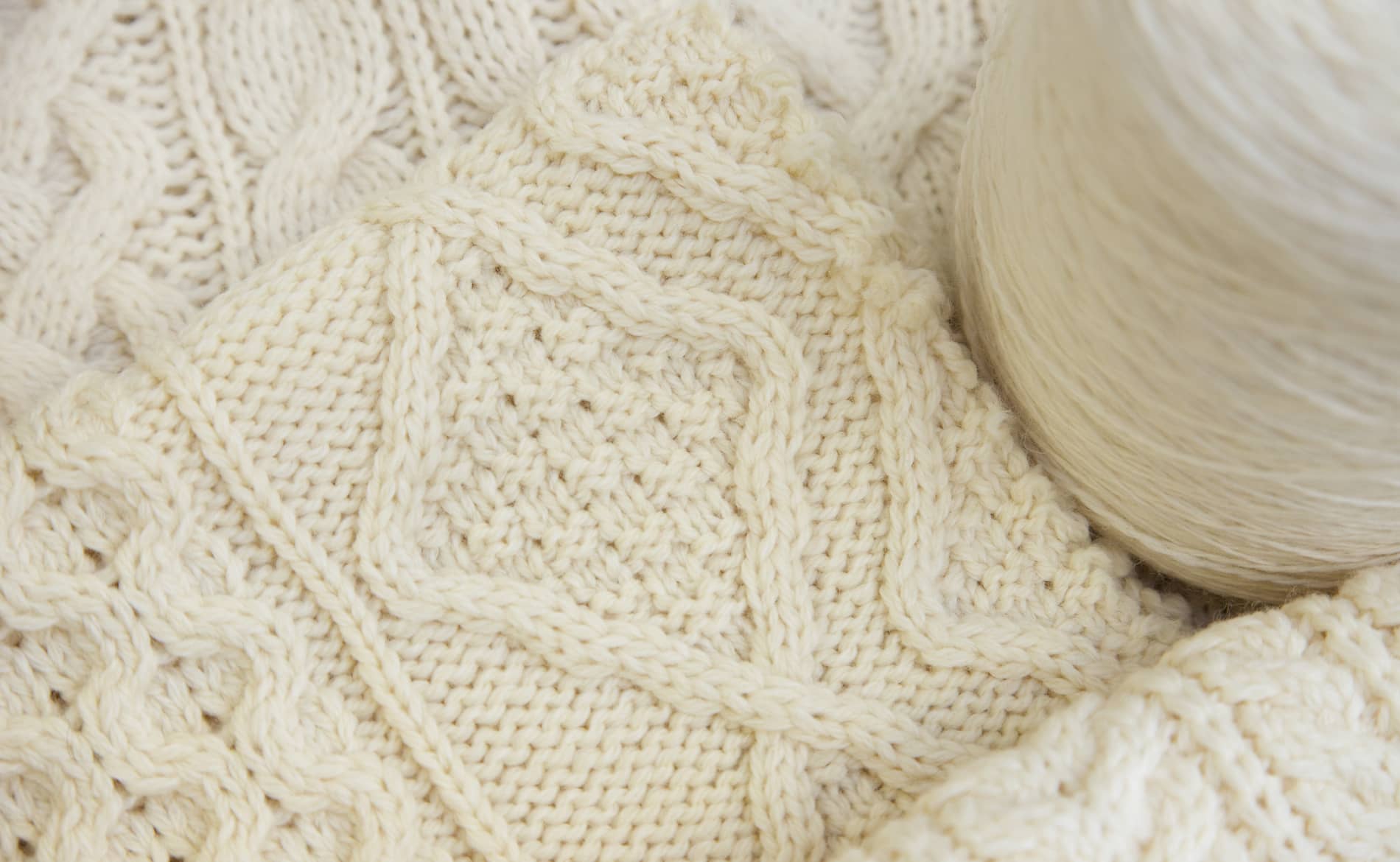
© Shutterstock
Modern knitwear on Inis Meáin
Complex and unique (each jumper can have up to 100,000 stitches apiece), the traditional Aran has morphed over time and the modern sweater is a different beast altogether.
Based on one of the Aran Islands and using cashmeres, linens and baby alpaca yarns, the Inis Meáin Knitting Co is one company that has taken the sweater and given it a very modern twist. Its pieces are sold in boutiques and department stores all over the world. Owner Tarlach de Blácam says, “we’re digging into the heritage of the Aran Islands and producing something different.”
Other companies such as the Aran Sweater Market and Carraig Donn sell patterns more akin to the traditional style. Knitting patterns are also readily available online if a knitting fiend would like to attempt their own. And several shops across Ireland stock various styles, shapes and colours of this woollen wonder.
While the Aran jumper may not be as ancient as Kiewe would have us believe; it is still steeped in Irish tradition. It’s recognised worldwide and will certainly keep you warm. This style icon will be a wardrobe staple for many years to come.





